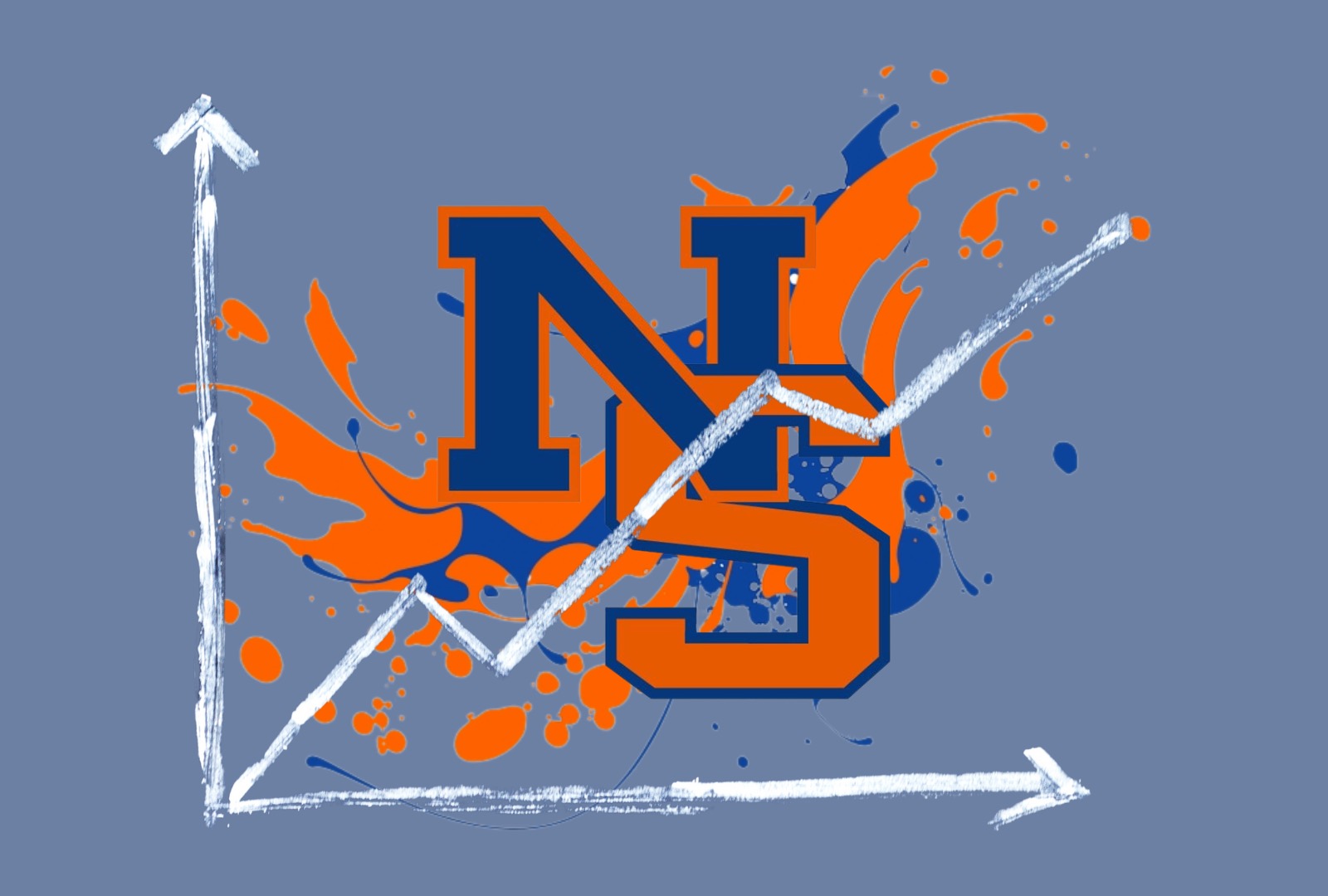Naturally, some sports are more popular than others. Everyone has various interests, so it makes sense that our school has so many sports and activities to choose from.
On the professional level, sports are mainly funded based on the revenue they bring in. If a sport is more popular, it will receive significantly more funding than a lesser-known sport. On the collegiate level, sports are funded more equally, although there are still many issues of inequity between different sports’ funding.
At South, students reflect on their personal experiences playing school sports, noting that they have seen unequal funding and support for certain teams.
For example, many uniforms are outdated and could use improvements. The varsity field hockey team recently received new uniforms after many years of reusing the same ones, but the J.V. uniforms still have not been updated.
Junior Avi Kuperman said, “I think sports like football definitely receive more funding, but that might be because it [is] more expensive to play.” The most watched sports tend to have more money, which makes sense because the majority of the funding comes from the money they raised themselves.
However, for less popular South sports, this can be a problem because it is difficult to gain support for their teams and get the money they need. No matter the sport, all players work equally hard, so every team should have the necessary amount of funding.
“There literally are [not] enough uniforms for everyone on the [cross country and track and field] team,” remarked junior Sandy Martinez. Without proper gear and cohesive uniforms, the team feels disconnected.
Junior Liv Kronenfled also highlighted how “some sports do [not] get enough funding like track [and cross country]. They do [not] have blocks and a lot of other equipment that they really need.” The lack of equipment creates safety issues and causes injuries. When players on the track team do not have access to equipment, the risk of getting hurt increases significantly.
Even though everyone does not necessarily play a school sport or take part in out-of-school activities, it is still vital that we have the resources needed for everyone who does.
Senior Amanda Cheng suggested, “in some ways [she] would say it [is] based on popularity because more people watch football, so they have more events and get more funding for it.”
Cheng also brought up that “It does not make [her] mad because [she] already has most of the stuff to play like shoes and shin guards.” Most kids who play sports in high school have already been playing the sport for a while, so getting specific equipment is usually manageable.
However, it gets slightly more complicated when it comes to the items that need to be repurchased every few years, such as tennis balls, field hockey balls, baseballs, and even blocks for track and field. Kuperman said, “I would say it [is] mainly based on what each sport needs; some need more equipment than others.”
At Newton South, students are fortunate to have various sports teams and coaches available to us, as many other schools do not necessarily have that. However, it is still necessary to consider that even though all sports teams function well and have materials, some sports receive more credit than others. Some South students feel that the different levels of support, equipment, and uniforms seem unfair to the athletes.
Cheng concluded, “Overall, I feel like the school does a pretty good job with it. Some sports might get more, but it [is] probably because they need it.” Regardless, most sports are expensive to play, so students are very lucky to have a variety to choose from. Athletes need to consider that each sport has different costs of equipment and uniforms, which contribute to the school budget.





